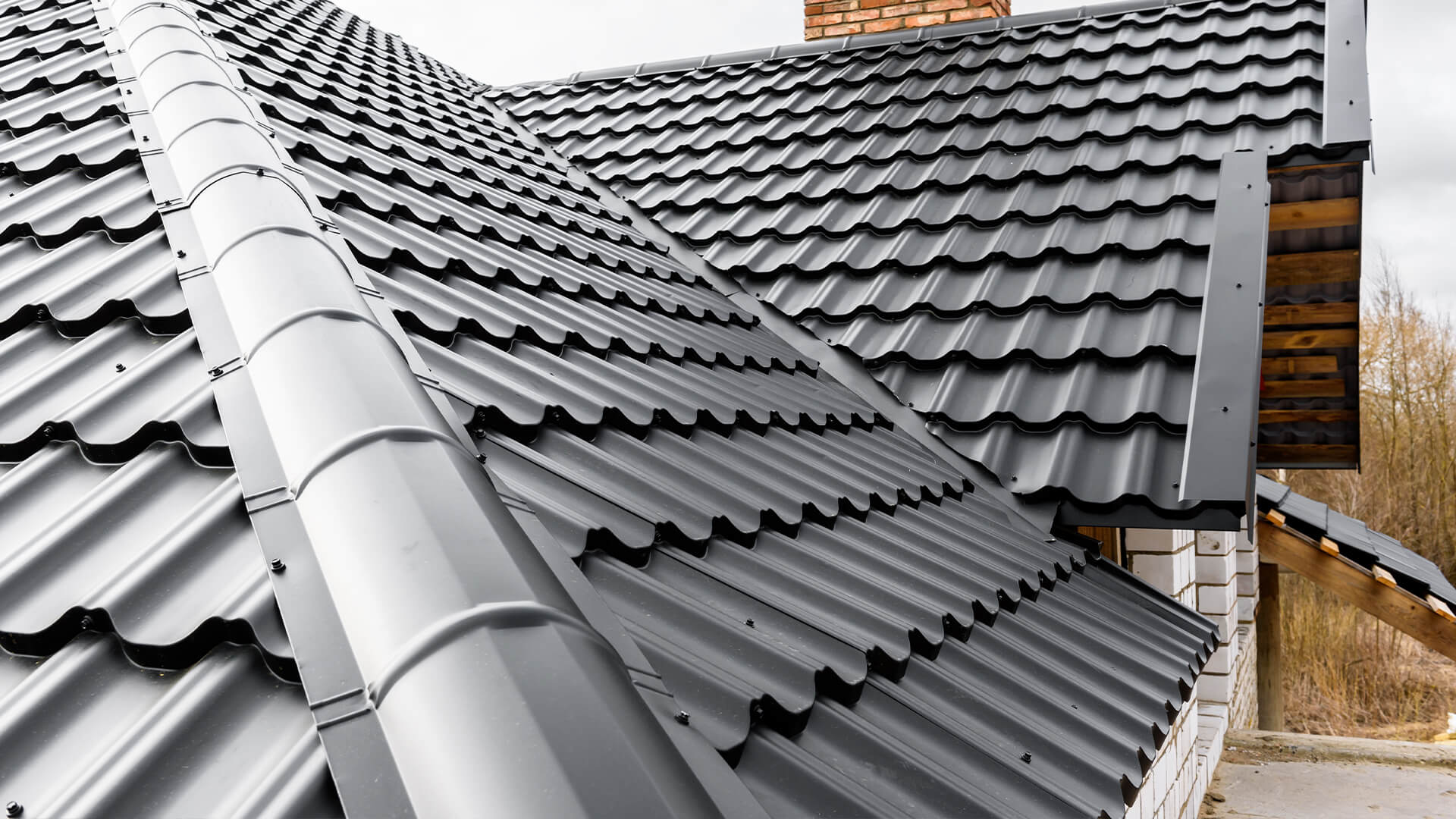Best Practices for Ensuring Correct Roofing Ventilation
Making sure correct roof ventilation is important for the longevity and effectiveness of a roof covering system. A balanced consumption and exhaust vent ratio, generally 1:300, plays a crucial function, with intake vents ideally positioned at the lower edge of the roof covering for amazing air entry and exhaust vents at the top for cozy air leave. Regular examinations to determine obstructions and keep clear air movement are extremely important. Maintaining insulation away from vents is crucial to stop airflow limitation. Comprehending these foundational elements establishes the stage for more thorough insights into installment and upkeep techniques that can dramatically improve your roof's efficiency.
Understand Ventilation Essentials
Correctly comprehending ventilation essentials is important for ensuring the longevity and efficiency of roof. Effective ventilation alleviates moisture build-up and temperature extremes in the attic room, both of which can lead to significant architectural damages with time. A well-ventilated roof assists in stopping common issues such as mold and mildew growth, wood rot, and ice dams, which can jeopardize the stability of the roof covering products and the underlying frameworks.
The primary objective of ventilation is to help with the motion of air, enabling a constant exchange between the exterior and interior environments. This equilibrium is attained via a combination of consumption and exhaust vents that collaborate to keep optimum airflow. Intake vents, typically situated along the soffits or eaves, permit fresh air to get in the attic room space, while exhaust vents, typically located at or near the roofing system ridge, enable warm, moist air to escape.
Secret variables affecting the effectiveness of roof air flow include proper placement, ample sizing, and ensuring that both consumption and exhaust vents are unobstructed. Regular assessment and maintenance are vital to determine possible blockages, damages, or ineffectiveness in the air flow system, therefore safeguarding the roofing's efficiency and sturdiness.
Sorts Of Roof Vents
Roof vents play a critical role in maintaining reliable attic room air flow and, by extension, the total health and wellness of the roof. Different sorts of roofing system vents are offered, each with special benefits tailored to certain roofing demands. Ridge vents, for instance, are set up along the roof's optimal, permitting cozy, moist air to run away from the attic. They use constant ventilation and mix effortlessly with the roofline, making them both effective and cosmetically pleasing.

Soffit vents are mounted under the eaves and job in tandem with roofing system vents to guarantee a balanced intake and exhaust system. By allowing cooler air to get in from below, soffit vents help with the expulsion of hot air via upper vents. Gable vents, situated on the outside walls of the attic room, offer another efficient option, especially in homes with gable roofings.
Examine Your Existing Ventilation

Following, think about the age and problem of your roof covering products and ventilation parts. Older systems may not abide by present building ordinance or might have weakened in time, lowering their performance. Conduct a thorough examination to determine any signs of damage, such as rust, damage, or gaps that could endanger the system's efficiency.
Additionally, measure the attic room temperature and humidity levels. High temperatures and humidity can suggest inadequate air flow.
Installment Best Practices
Effective installment of roofing ventilation systems is vital for making sure ideal performance and longevity. Proper installment begins with recognizing the details air flow demands of the structure and the roof covering it covers. This entails calculating the correct ratio of consumption to exhaust vents, generally sticking to the 1:300 regulation, which states one square foot of air flow for every 300 square feet of attic room flooring area.

Consumption vents ought to be installed at the roofing system's reduced edge, often in the soffits, to enable great air to enter. Exhaust vents, on the other hand, should be set up near or at the roof's peak to help with the departure of warm, wet air.
Seal all vent connections carefully to protect against air leakages and potential water seepage. Usage premium products and follow manufacturer standards to ensure my site toughness and effectiveness. Furthermore, incorporating ridge vents with baffles can significantly enhance air flow effectiveness by preventing wind-driven rain and snow from getting in the attic room.
Eventually, precise installation of roofing air flow systems alleviates prospective concerns such as mold development, ice dams, and architectural damages, making certain the roof's integrity and the structure's total health.
Regular Maintenance Tips
Uniformity in maintenance techniques is fundamental to ensuring site the long-term effectiveness of roofing air flow systems. Regular evaluations are crucial, ideally performed biannually-- in the spring and fall. During these evaluations, ensure that vents are complimentary of particles, nests, and other obstructions that can hamper air flow. Look for any type of indications of wetness accumulation or mold and mildew, as these can suggest incorrect air flow or leakages (roofing companies).
Cleaning the vents is another vital task. Use a soft brush or a vacuum cleaner to remove dust and debris from intake and exhaust vents. Beware not to damage the vent displays or louvers throughout the procedure. Furthermore, check the attic room for any kind of signs of water damages, which could compromise the honesty of the roofing system.
Proper insulation is similarly important. Guarantee that attic room insulation does not block the vents, as this can drastically restrict air flow. If any insulation has shifted or resolved, rearrange or replace it to preserve an efficient barrier.
Lastly, change any type of damaged or missing components immediately. Broken vents, split roof shingles, or deteriorated flashing can all add to inadequate air flow and must be attended to right away. Routine maintenance makes sure that the roof air flow system operates ideally, therefore prolonging the lifespan of the roof itself.
Conclusion
Guaranteeing correct roofing ventilation is extremely important for preserving the efficiency and toughness of a roof covering system. Adherence to the 1:300 consumption and exhaust air vent proportion, coupled with the tactical positioning of vents, is crucial.
A well balanced intake and exhaust air vent proportion, commonly 1:300, plays a crucial function, with intake vents ideally placed at the lower edge of the roof for amazing air access and exhaust vents at the peak for warm air departure. Consumption vents, typically located along the soffits or eaves, allow fresh air to go into the attic room, while exhaust vents, frequently positioned at or near the roofing system ridge, allow warm, moist air to run away.
Soffit vents are mounted under the eaves and job in tandem with roof covering vents to make sure a well balanced intake and exhaust system. By allowing cooler air to go into from below, soffit vents facilitate the expulsion of hot air with upper vents. Adherence to the 1:300 consumption and exhaust air vent ratio, paired with the tactical placement of vents, is crucial.